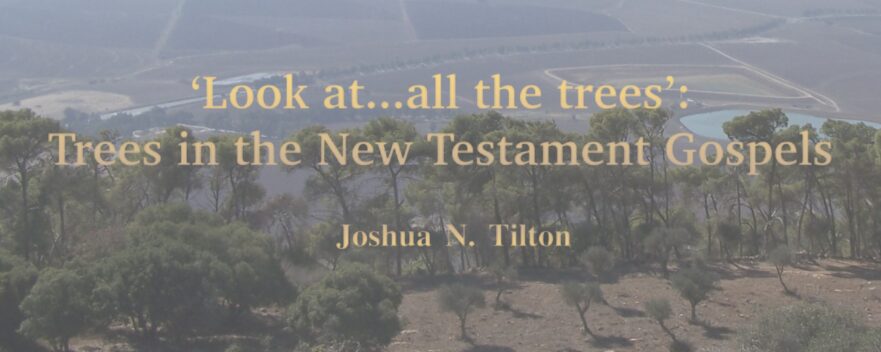.: קִיסָּם ) from someone else’s eye (Matt. 7:4-5 ∥ Luke 6:41-42; cf. b. … Burning wood produced heat for warmth and cooking, although other fuels such as weeds, thorn, and stubble were also burned for these purposes (Matt. 6:30; Luke 12:28).
Unexpected Thief

How to cite this article:
Joshua N. Tilton and David N. Bivin, “Unexpected Thief,” The Life of Yeshua: A Suggested Reconstruction (Jerusalem Perspective, 2024) .
Jesus and the Enigmatic “Green Tree”
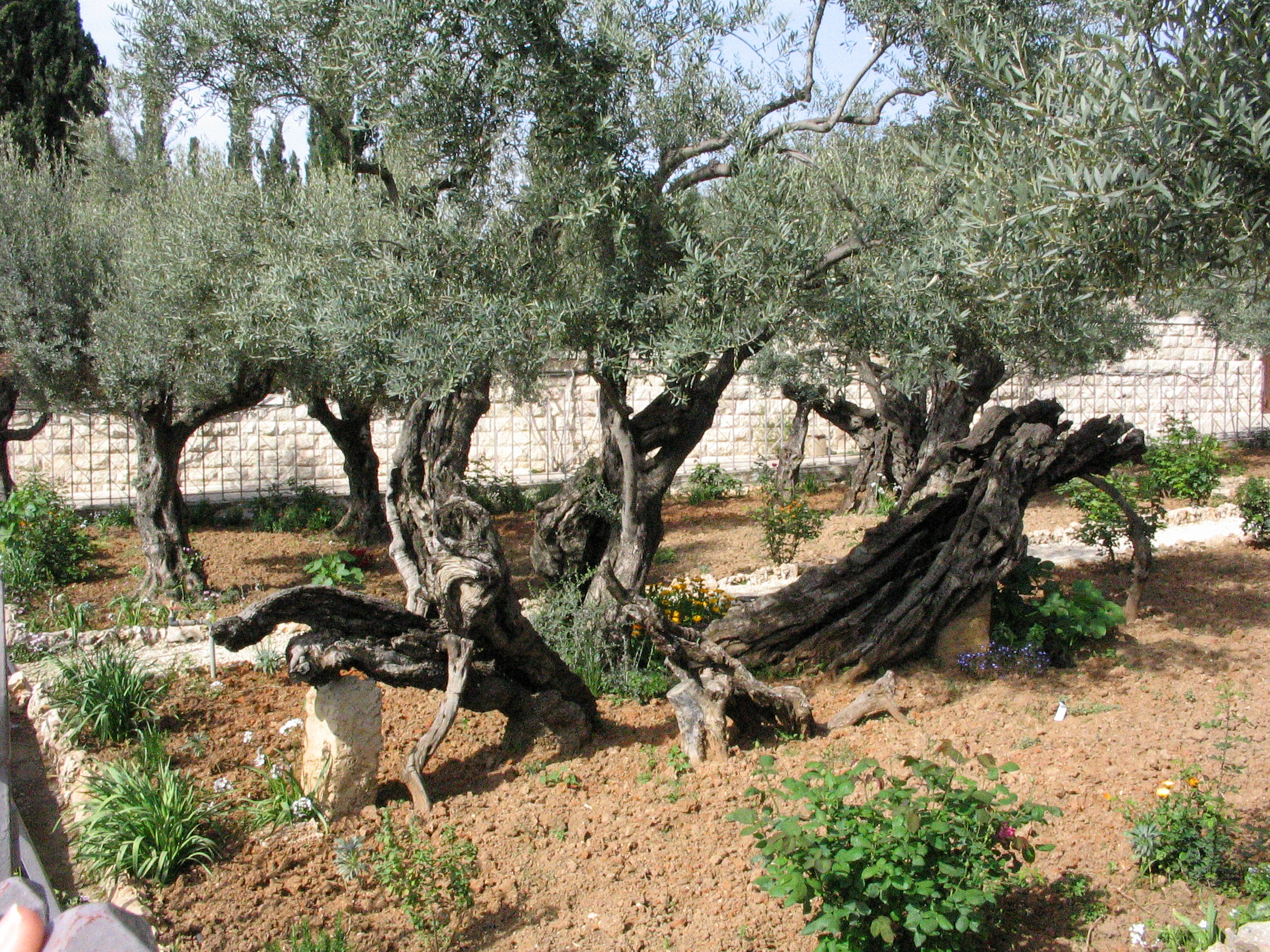
The above image, courtesy of Gary Asperschlager, shows olive trees growing near the Church of All Nations on the Mount of Olives. Revised: 19-Apr-13How did a Jew in Jesus’ time announce that he was the Messiah? One accomplished this by applying to himself words or phrases from Scripture that were interpreted by members of his community to be references to the coming Messiah. Being interpretations rather than direct references, such messianic allusions are extremely subtle, and easily missed by modern readers of ancient Jewish literature. Claimants certainly did not reveal themselves by simply declaring, “I am the Messiah,”Even today a Jew who believes he is the Messiah never says, “I am the Messiah,” but rather, a messianic pretender refers to himself using words or phrases from scripture texts that have been interpreted messianically.
Jesus and the Son of Man

The Hebraic parallelism (man/Son of Man) of the saying helps us to understand that Jesus was not speaking exclusively of himself, but as a representative of humanity (see also Matt. 8:20; 9:6-8).
Measure For Measure
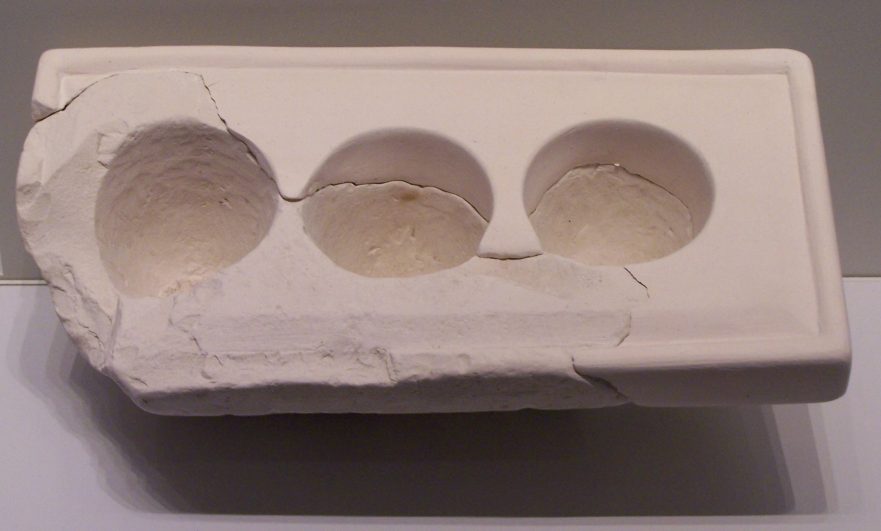
Transcribed and Edited Jerusalem Bible Study As the topic for this Bible study, I have chosen Midah KeNeged Midah, which means “measure for measure.” A longer version of this mishnaic Hebrew idiom is במידה שאדם מודד בה מודדין לו (Bamidah she’adam moded ba, modedin lo; m. Sotah 1:7, Codex Kaufmann), which may be translated “by the measure that a man measures, they measure to him.” In Jewish literature the rabbis often referred to this principle simply as מידה כנגד מידה (Midah KeNeged Midah). In English, people say, “What goes around comes around,” or “He reaped what he sowed.”
Cataloging the Gospels’ Hebraisms: Part Three (Impersonal “They”)
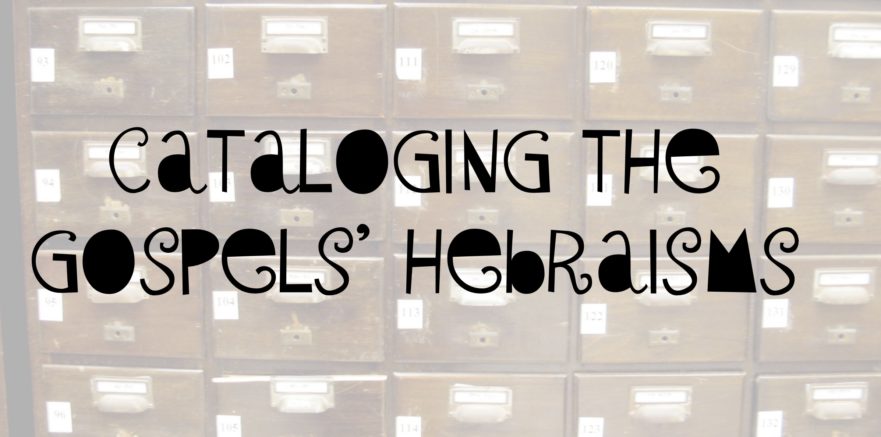
This rabbinic saying has a familiar ring to readers of the New Testament because Jesus uttered a similar saying: “With the measure you measure, it will be measured to you” (Matt. 7:2; cf. … In another place, Jesus says: “Lay up treasure in heaven,” also a teaching about giving to the poor (Matt. 6:20)…. (Matt. 7:16; my trans.); Nor do
Return to the Galil
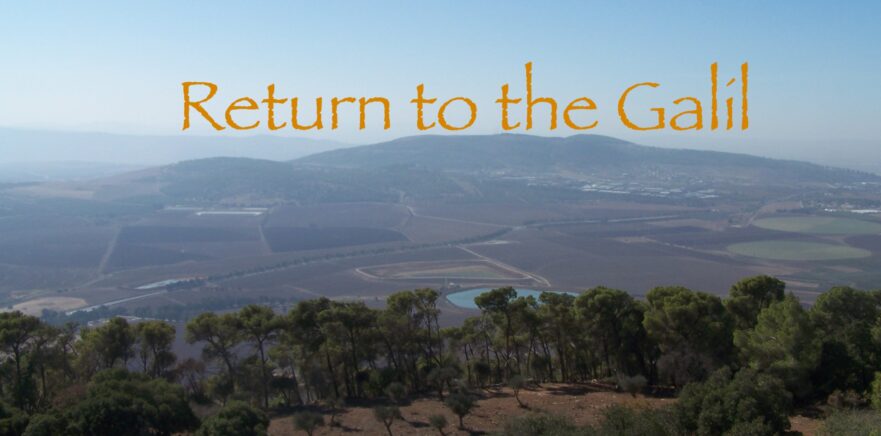
How to cite this article:
Joshua N. Tilton and David N. Bivin, “Return to the Galil,” The Life of Yeshua: A Suggested Reconstruction (Jerusalem Perspective, 2023) .
Faith Like a Mustard Seed
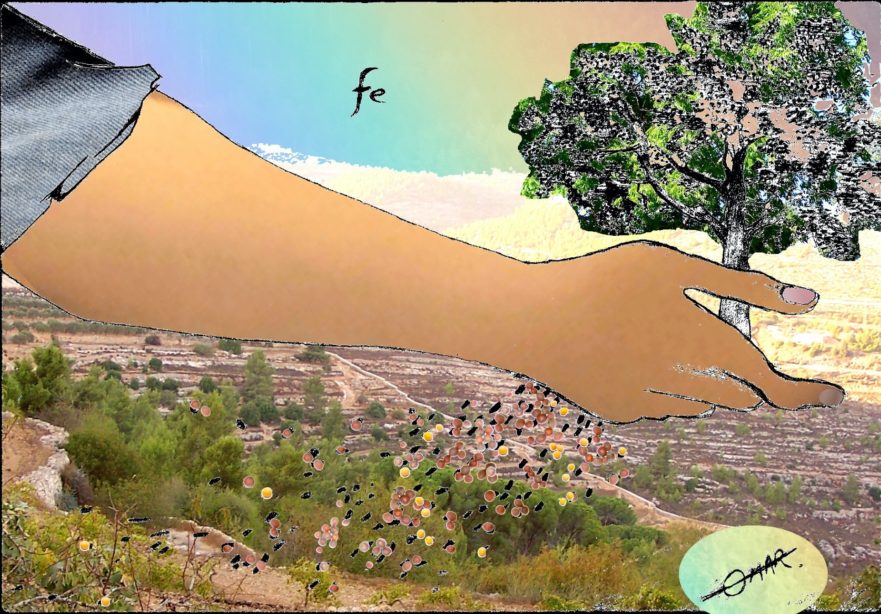
How to cite this article:
Joshua N. Tilton and David N. Bivin, “Faith Like a Mustard Seed,” The Life of Yeshua: A Suggested Reconstruction (Jerusalem Perspective, 2022) .
Jesus’ Yoke and Burden
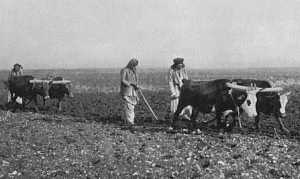
Revised: 25-Nov-2014″Come to me, all you who are weary and burdened, and I will give you rest. Take my yoke upon you and learn from me, for I am gentle and humble in heart, and you will find rest for your souls. For my yoke is easy and my burden is light” (Matt. 11:28-30; NIV). Although extraordinarily beautiful, Jesus’ saying recorded in Matthew 11:28-30 is enigmatic. What is this saying’s meaning, and what were Jesus’ “yoke” and “burden”?
Yeshua’s Immersion
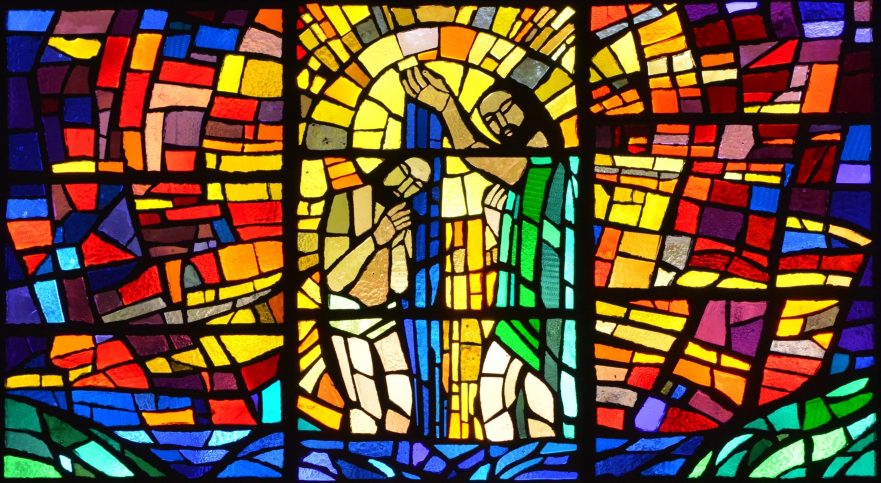
Matt. 3:13-17; Mark 1:9-11; Luke 3:21-22 (Huck 6; Aland 18; Crook 21)For abbreviations and bibliographical references, see “Introduction to ‘The Life of Yeshua: A Suggested Reconstruction.'”
The Kingdom of God: God’s Power Among Believers
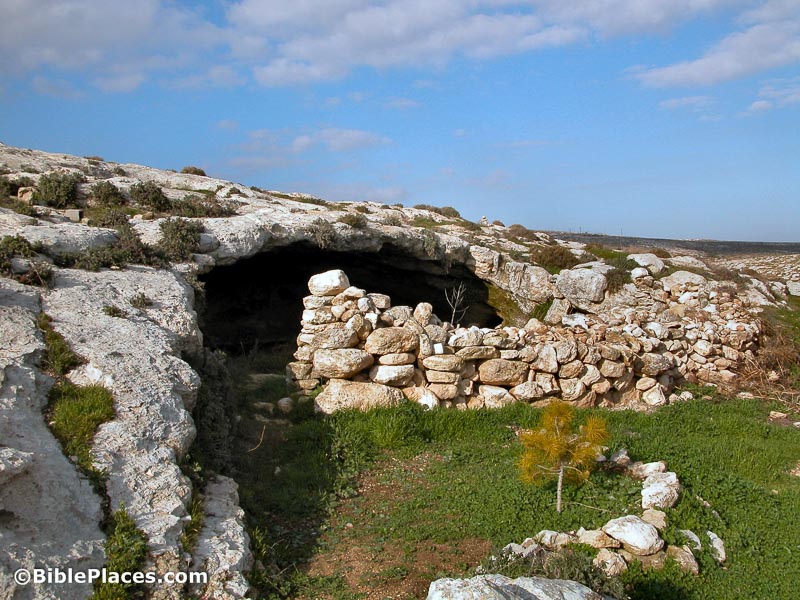
Jesus spoke of the Kingdom with the same understanding in Matthew 7:21: “Not everyone who says ‘Lord, Lord’ to me will come into the Kingdom of Heaven, but he who does the will of my Father who is in heaven.” … When Matthew 7:21 is translated back into Hebrew, one recognizes its proverbial form in which there is no real future tense. …
Matthew 6:10 makes the same point: “Your Kingdom come, your will be done in heaven and on earth.”
Why Do You Call Me ‘Lord’?
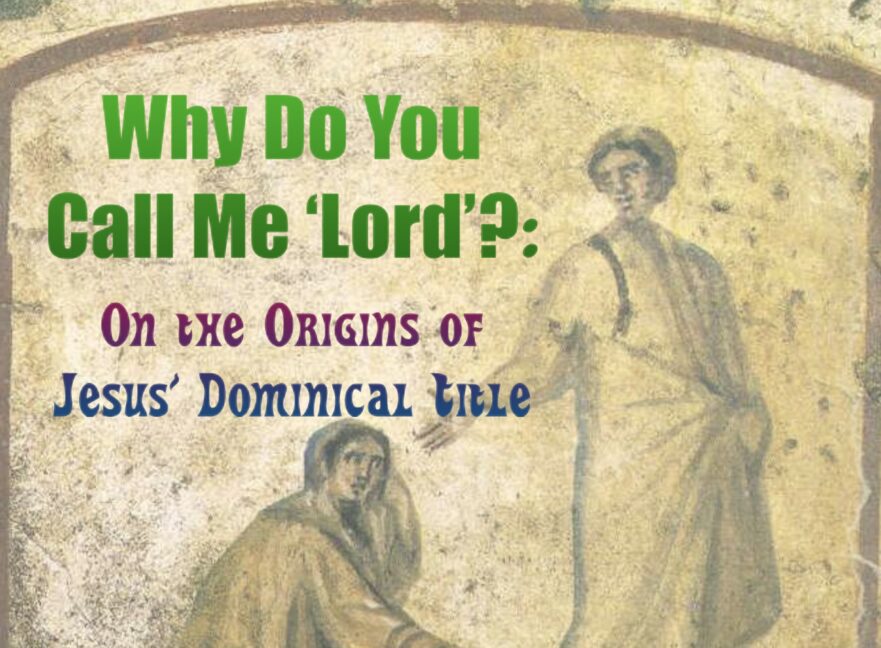
How to cite this article: JP Staff Writer, “Why Do You Call Me ‘Lord’?: On the Origins of Jesus’ Dominical Title,” Jerusalem Perspective (2024)
Private: Robert Lindsey’s Revolutionary Theory of the Gospels

He did the same with teaching sections, placing each teaching section next to other such sections (resulting in such complexes as the Sermon on the Mount, 0100400007000
Beating the (Thorny) Bushes
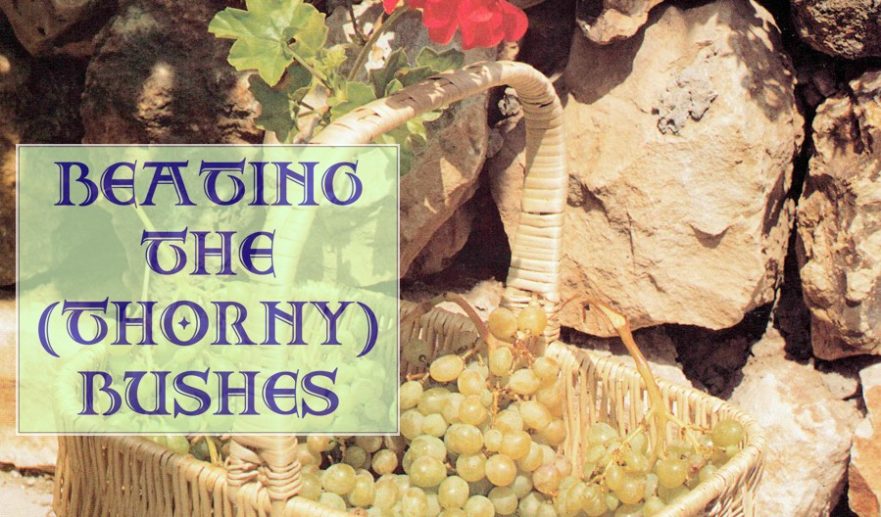
— wp:paragraph {“dropCap”:true} –>
In recording Jesus’ warnings about “false prophets” (probably fake disciples), Matthew contrasts akantha (thorn bushes) with staphyle (grapes), and tribolos (thistle) with sykon (figs) (Matt 7:16); whereas, Luke contrasts akantha (thorn bushes) with sykon (figs), and batos (bramble bush) with staphyle (grapes) (Matt 6:44)…. (Matt 7:16, NKJ)…. — wp:paragraph –>
For the same two reasons, “thistles” seems out of place in the translation of Matthew 7:16.
Jesus and the Oral Torah: Did Jesus Wear Phylacteries?
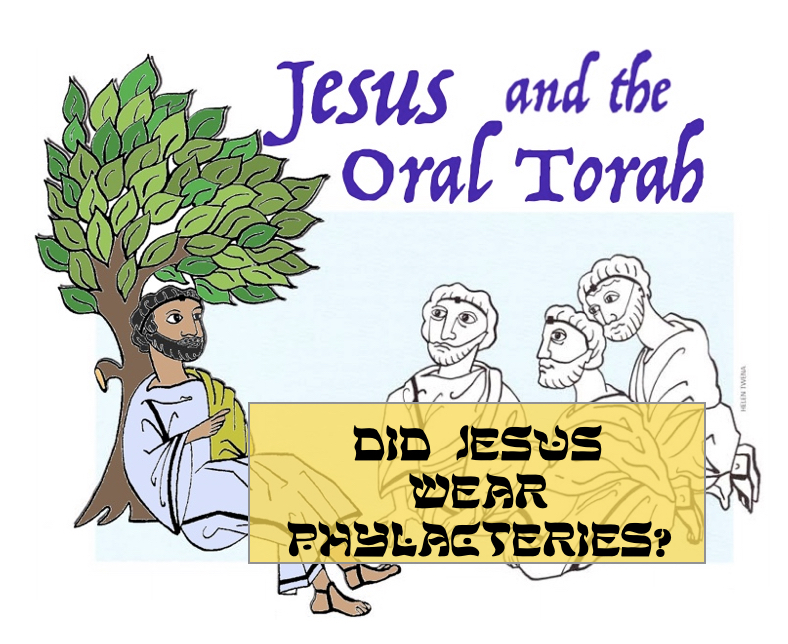
— wp:paragraph –>
The Gospels attest to the fact that Jesus had tassels on the four corners of his outer robe (Matt. 9:20; 14:36; Mark 6:56; Luke 8:44). … As with his criticism of the public display of almsgiving (Matt. 6:2), one must not view Jesus words as a general condemnation of wearing tefillin.
Jesus’ Jewish Command to Love
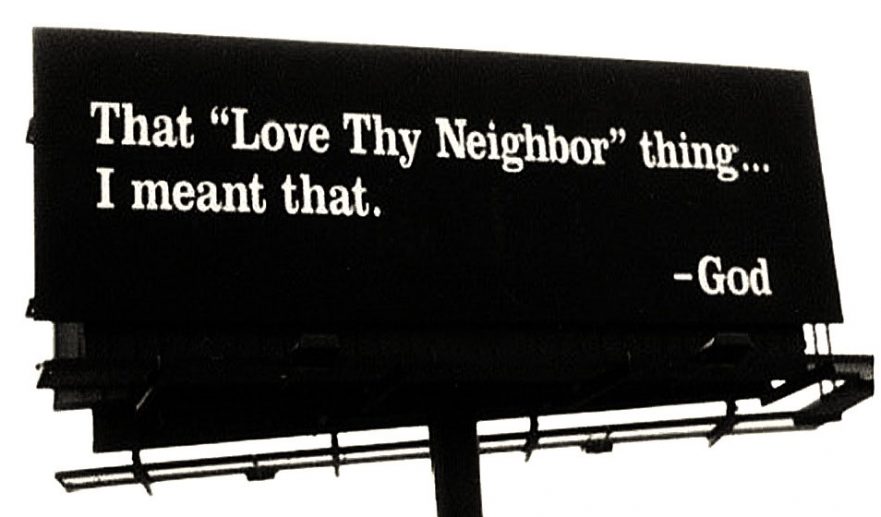
The same idea undergirds Jesus’ model prayer, “Forgive us our sins, as we forgive those who sin against us” (Matt. 6:12). … Otherwise, “with the judgment you pronounce you will be judged, and the measure you give will be the measure you get” (Matt. 7:2).
Cataloging the Gospels’ Hebraisms: Part Six (Parallelism)

(Matt. 6:22-23; RSV)
The good man out of his good treasure brings forth good,
and the evil man out of his evil treasure brings forth evil. … (Matt. 6:19-20; RSV)
A knowledge of Hebrew parallelism is one additional aid to investigators of the synoptic Gospels since, when two or more versions of a saying of Jesus have been preserved, the greater perfection of the parallelism in one version may be key in determining it is the earliest, the closest to the text of the conjectured lost Hebrew biography of Jesus of which early church sources speak. … Therefore, it is probable that Luke 12:33 is a revision of a text like Matthew 6:19-20.

